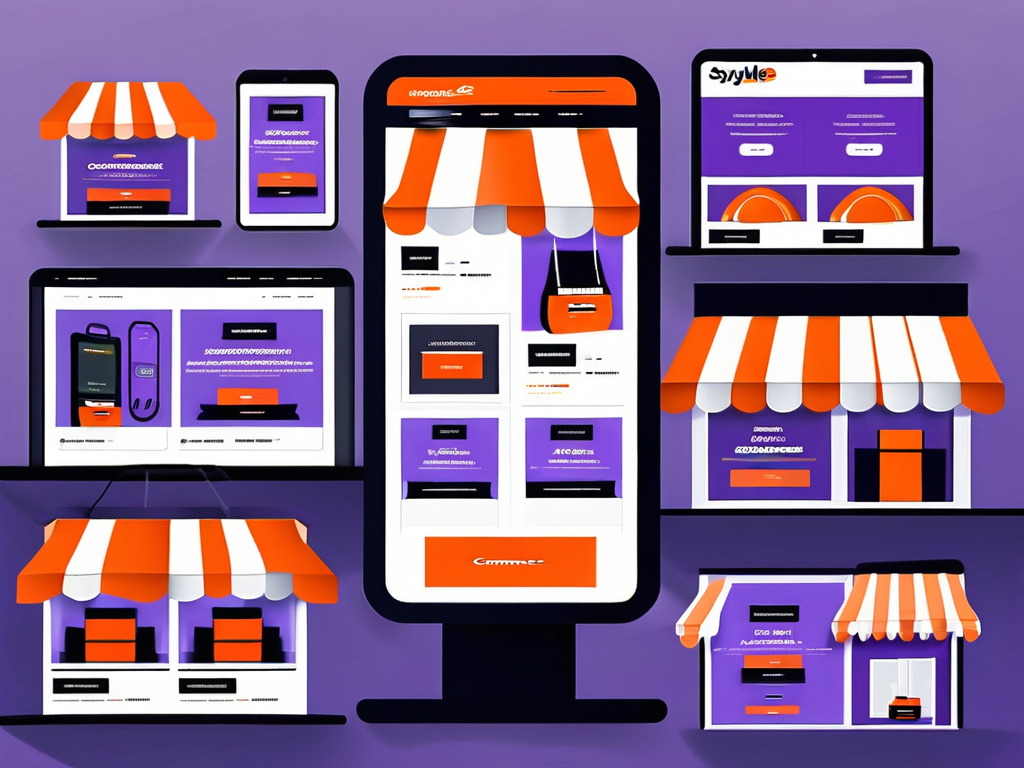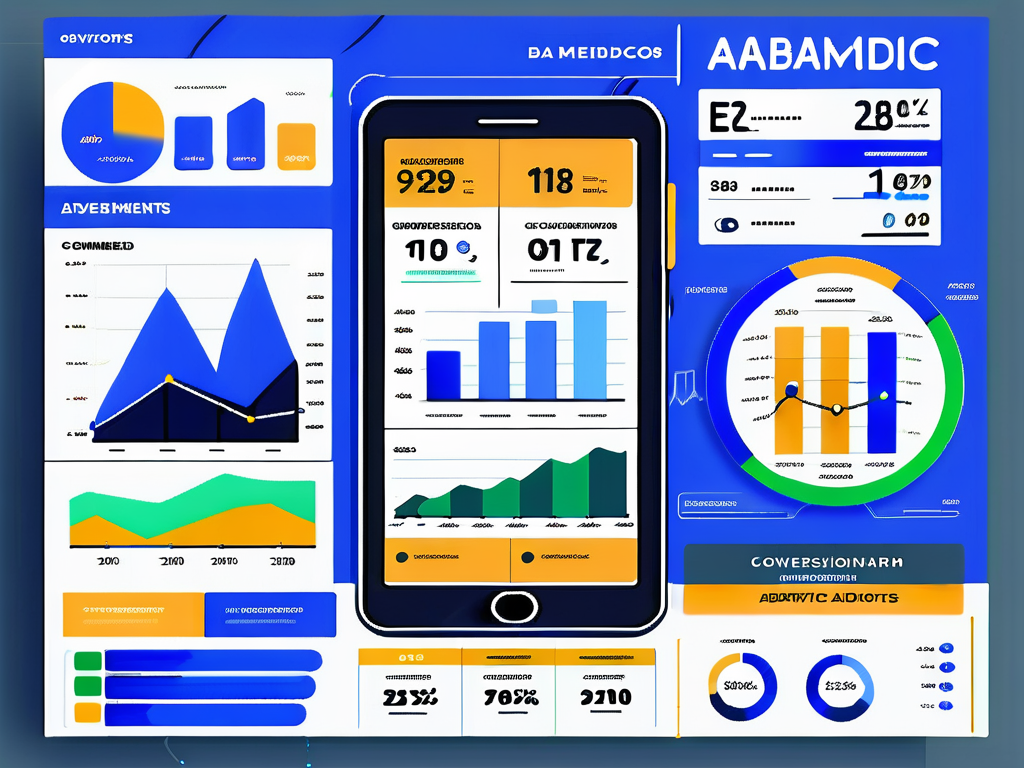In the competitive world of e-commerce, choosing the right advertising strategies is crucial for driving traffic, increasing conversions, and maximizing your return on investment. From social media ads to search engine marketing, understanding which ads are best for e-commerce can significantly impact your sales and overall success.
This article explores the most effective ad types for e-commerce, helping you make informed decisions to boost your online store’s performance and engage with your target audience.
Table of Contents
Toggle6 E-Commerce Ad Campaigns To Try in 2024
Choosing the right type of ads for your e-commerce business is crucial to driving traffic, increasing conversions, and maximizing your return on investment. Here are some of the most effective ad types for e-commerce:
1. Social Media Ads
- Platforms: Facebook, Instagram, Pinterest, and TikTok.
- Benefits: Highly targeted, visually engaging, and great for brand awareness.
- Best For: Promoting new products, seasonal sales, and building brand loyalty.
- Features: Advanced targeting options, dynamic product ads, and retargeting capabilities.
2. Search Engine Ads
- Platforms: Google Ads (Search and Shopping), Bing Ads.
- Benefits: High-intent traffic, measurable ROI, and extensive reach.
- Best For: Driving sales for specific products, targeting high-intent keywords.
- Features: Product listing ads (PLAs), local inventory ads, and dynamic search ads.
3. Display Ads
- Platforms: Google Display Network, AdRoll, Criteo.
- Benefits: Wide reach, retargeting capabilities, and brand reinforcement.
- Best For: Retargeting visitors, showcasing visual content, and driving brand recall.
- Features: Banner ads, rich media ads, and interactive ads.
4. Video Ads
- Platforms: YouTube, Facebook, Instagram, TikTok.
- Benefits: High engagement, storytelling potential, and strong visual appeal.
- Best For: Product demonstrations, customer testimonials, and brand storytelling.
- Features: In-stream ads, bumper ads, and sponsored content.
5. Influencer Marketing
- Platforms: Instagram, YouTube, TikTok, Blogs.
- Benefits: Authentic promotion, high engagement rates, and targeted reach.
- Best For: Building trust, reaching niche audiences, and driving product recommendations.
- Features: Sponsored posts, product reviews, and unboxing videos.
6. Email Marketing
- Platforms: Mailchimp, Klaviyo, Constant Contact.
- Benefits: High ROI, direct communication, and personalized content.
- Best For: Retaining customers, promoting sales, and personalized product recommendations.
- Features: Automated campaigns, segmentation, and dynamic content.
Understanding the Importance of Ads in E-Commerce

Ads play a crucial role in the success of e-commerce businesses. In today’s competitive market, it’s not enough to simply have a great product or service. You need to get the word out and attract customers to your online store. This is where advertising comes in. By strategically promoting your offerings, you can increase brand awareness, drive traffic to your website, and ultimatelyboost sales.
The Role of Advertising in Online Sales
Advertising acts as a powerful tool to reach a wider audience and showcase your products or services. It helps you stand out from the crowd and grab the attention of potential customers who might not have found your business otherwise. Effective ads can create brand recognition, establish trust, and build credibility in the online marketplace.
- Brand Recognition: Effective ads help establish your brand in the minds of consumers.
- Trust and Credibility: Consistent and professional advertising builds trust with potential customers.
Staying Top-of-Mind
Furthermore, advertising allows e-commerce businesses to stay top-of-mind for consumers. By maintaining a consistent presence across various online channels, you can reinforce your brand message and ensure that customers think of your products when making purchasing decisions. This continuous visibility can significantly impact brand recall and influence buying behavior.
- Consistent Presence: Regular ads keep your brand visible and memorable.
- Influencing Decisions: Ads can guide consumer behavior towards your products.
How Ads Drive E-Commerce Traffic
One of the primary goals of e-commerce advertising is to drive traffic to your website. Ads can be strategically placed on search engines, social media platforms, and relevant websites to attract potential customers. By targeting specific demographics and using keywords, you can ensure that your ads are seen by the right people at the right time. This increases the chances of acquiring new customers and generating sales.
- Strategic Placement: Ads on search engines and social media attract potential customers.
- Targeted Demographics: Using keywords and demographic targeting ensures ads reach the right audience.
Shaping Consumer Behavior
Ads play a crucial role in shaping consumer behavior in the digital landscape. Through retargeting campaigns and personalized advertisements, e-commerce businesses can create tailored shopping experiences for individual customers. By analyzing user data and behavior, ads can be optimized to deliver relevant content, product recommendations, and special offers, increasing the likelihood of the average revenue, conversion, and customer retention.
- Retargeting Campaigns: Personalized ads based on user behavior increase engagement.
- Optimized Content: Delivering relevant ads and recommendations boosts conversion rates.
Selecting the Right Ad Type for Your E-Commerce Business
Choosing the most suitable ad type for your e-commerce business can significantly impact your marketing success. Consider the following factors when making your decision:

Factors to Consider When Choosing Ad Types
Understanding your target audience, budget, and marketing objectives is crucial in selecting the right ad type. Consider the behavior and preferences of your potential customers, the platforms they frequent, and their buying habits. Additionally, evaluate your budget constraints and choose an ad type that gives you the best return on investment.
- Target Audience: Analyze your audience’s behavior, preferences, and the platforms they use.
- Budget Constraints: Choose ad types that offer the best ROI within your budget.
- Marketing Objectives: Align ad types with your specific goals, whether it’s brand awareness, traffic, or sales.
Moreover, it’s essential to keep track of industry trends and technological advancements that might influence the effectiveness of different ad types. For instance, the rise of voice search and smart speakers has opened up new opportunities for audio-based advertising. By staying informed about these developments, you can stay ahead of the curve and adapt your ad strategy accordingly.
- Industry Trends: Stay updated on trends like voice search and smart speakers.
- Technological Advancements: Adapt to new technologies to optimize your ad strategy.
Matching Ad Types to Your Business Goals
Every business has unique goals. Whether you want to increase brand awareness, drive traffic, or generate sales, align your ad type to your specific objectives. For example, if your goal is to build brand recognition, investing in display or social media ads might be the way to go. If you’re focused on driving immediate sales, considering search engine and email ads may be more effective.
- Brand Awareness: Use display or social media ads to enhance brand recognition.
- Driving Sales: Focus on search engine and email ads for immediate sales impact.
Furthermore, consider the customer journey and where your target audience is in the buying process. Tailoring your ad type to different stages of the sales funnel can help you create a more personalized and impactful advertising campaign. By understanding the customer’s mindset at each touchpoint, you can deliver the right message at the right time, increasing the likelihood of conversion.
- Customer Journey: Tailor ad types to different stages of the sales funnel.
- Personalized Campaigns: Deliver relevant messages at each touchpoint to boost conversions.
Measuring the Effectiveness of E-Commerce Ads
You can’t improve what you can’t measure. It’s essential to track the performance of your e-commerce ads to determine their effectiveness and make data-driven decisions. Let’s explore some key performance indicators (KPIs) and understand the importance of ad analytics:

As the digital landscape continues to evolve, the need for businesses to accurately measure the impact of their e-commerce ads becomes increasingly crucial. By delving into the realm of ad analytics, companies can unlock a treasure trove of insights that can shape their marketing strategies and drive revenue growth. From understanding consumer behavior to optimizing ad placements, the data derived from ad analytics tools serves as a compass guiding businesses towards success in the competitive online marketplace.
Key Performance Indicators for Ads
Measuring KPIs such as click-through rates (CTR), conversion rates, and return on ad spend (ROAS) can provide valuable insights into your ad performance. These metrics help you evaluate the effectiveness of your campaigns and identify areasfor improvement. By monitoring and analyzing your KPIs, you can optimize your ads and maximize your marketing budget.
Furthermore, diving deeper into KPI analysis unveils a nuanced understanding of consumer preferences and behaviors. By dissecting the data behind each click and conversion, businesses can tailor their ad content to resonate with their target audience effectively. This personalized approach not only enhances the customer experience but also boosts the overall ROI of e-commerce advertising efforts.
Understanding Ad Analytics
Ad analytics tools like Google Analytics and social media insights provide detailed data on ad performance. They help you:
- Understand user behavior
- Identify the channels driving the most conversions
- Assess the impact of different ad variations
By leveraging ad analytics, you can gain actionable insights and refine your advertising strategy for better results.
Moreover, the utilization of advanced analytics techniques, such as predictive modeling and cohort analysis, empowers businesses to forecast future trends and anticipate market shifts. By harnessing the power of data-driven decision-making, e-commerce companies can stay ahead of the curve and proactively adapt their advertising tactics to meet evolving consumer demands.
Maximize Your ROI with Effective E-Commerce Ads
Selecting the right ad types and strategies for your e-commerce business is crucial for driving traffic, increasing conversions, and maximizing your return on investment. By understanding your target audience, aligning your ad choices with business goals, and leveraging data-driven insights, you can create impactful ad campaigns that enhance your brand’s visibility and performance.
Implement these effective ad strategies to stay ahead in the competitive e-commerce landscape and achieve long-term success.






